Most human beings have a particular hand which they tend to favor for activities. Most people tend to be right-handed, meaning that they tend to write and eat and hammer nails using their right hand. Obviously, left-handed people do those activities primarily with their left hand. Ambidextrous people can do the same with either hand, or they may alternate between hands for different activities.
So, as a gun enthusiast, it’s likely that you tend to shoot primarily with your dominant hand. So, in my case, as a person who is right-handed, I tend to hold my pistol with my right hand with my left hand for support and stabilizing the shot.
But, as a writer going by Adam C writes, you may want to spend time getting at least relatively competent shooting with your non-dominant hand (since I’m right-handed, that would be shooting with my left hand controlling the pistol and pulling the trigger). Why? Adam C writes,
- Because you have two hands. They should know how to do the same things as each other, especially with regards to firearms.
- Because in a firefight there is no guarantee that you will be allowed to use your dominant hand. Circumstances will dictate with which hand you will reach for that gun.
- Your dominant hand may become injured or unusable prior to or during a firefight.
- You may be forced to shoot from behind a barricade or obstacle that favors your weak hand. For example, if you are right-handed and lean up against a corner, and want to shoot towards your right side, around the corner. To expose yourself to the target the least, you will have to shoot with your left hand.
Of course, like anything that you do with your non-dominant hand, practicing this type of shooting is going to be uncomfortable. It will feel unnatural. It will probably feel “wrong.” Adam C also points out that:
The angle over the sights might even be different depending on how you normally hold the gun in your dominant hand.
Still, for the reasons noted above, getting competent shooting with your non-dominant hand could very well be the key to you surviving a difficult situation when you’re under fire. We hope that you never have to go through that situation, but better to be prepared than to be injured and killed because you weren’t.


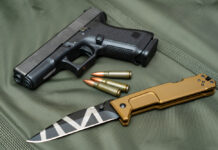




![Are Compensators Worth It? [Video]](https://preparedgunowners.com/wp-content/uploads/2025/07/Depositphotos_815431992_S-218x150.jpg)


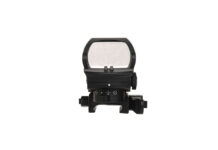
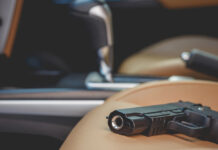
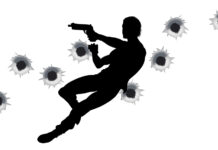

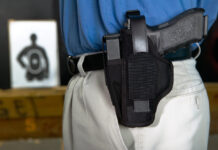
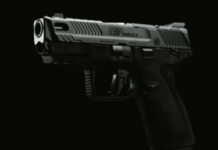
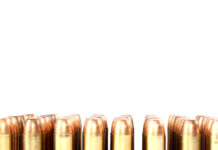
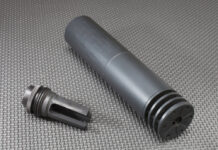
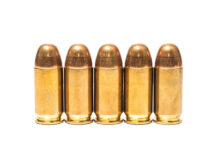

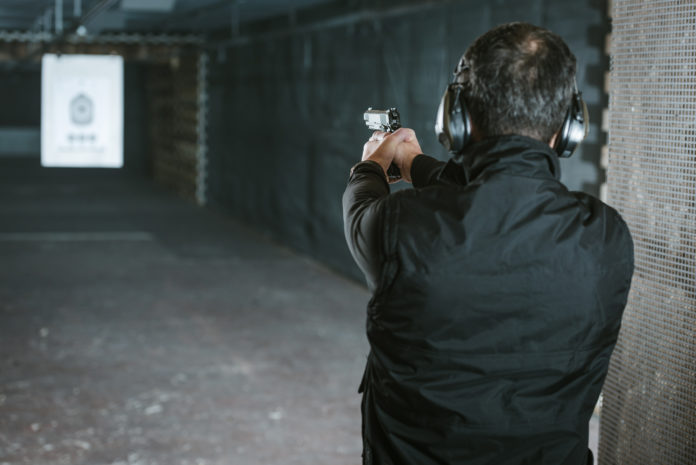

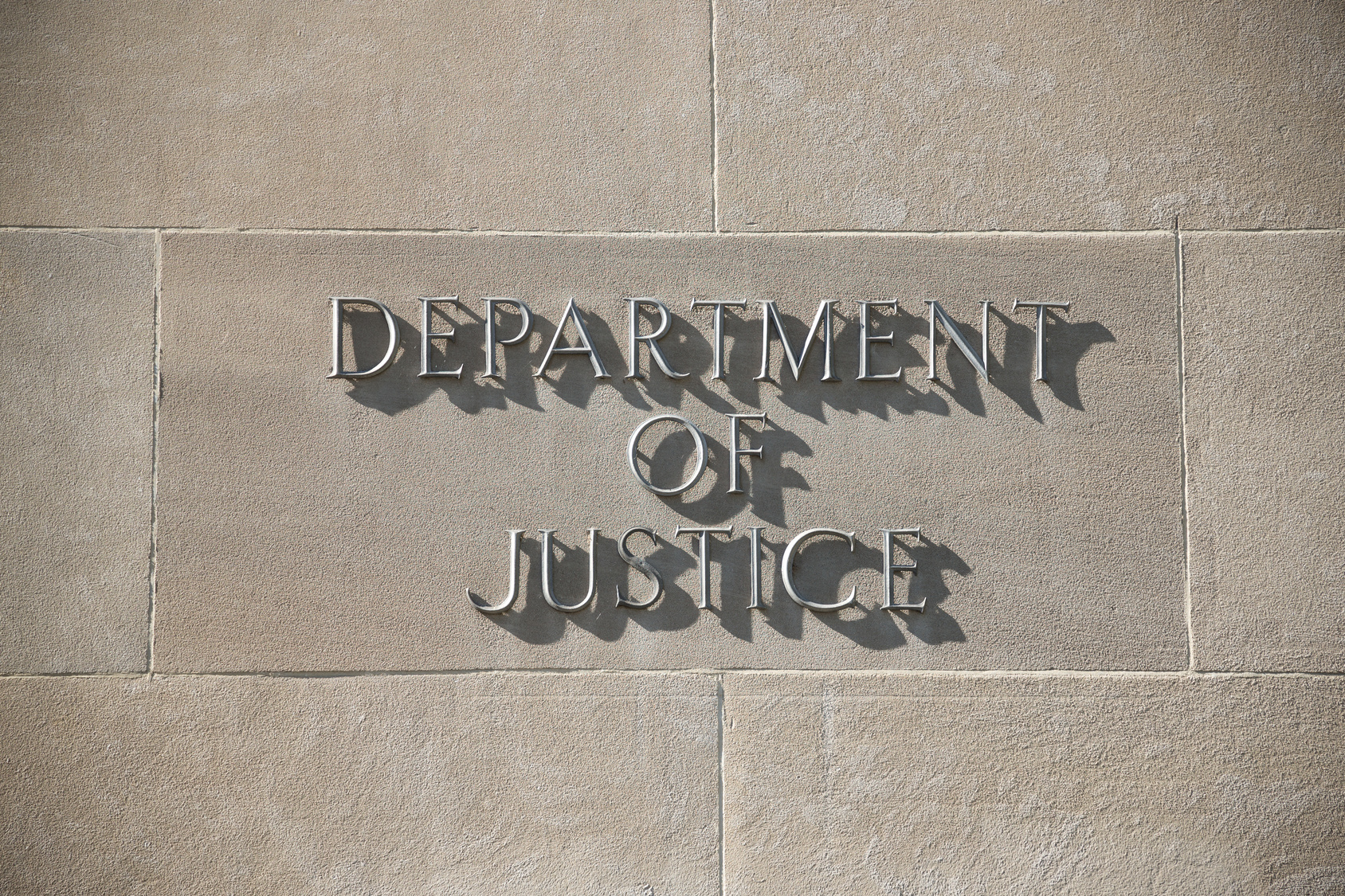








![Optic Ready vs Milled slides? [Video]](https://preparedgunowners.com/wp-content/uploads/2024/02/image-3-100x70.png)
![[Checklist] What Gear You Need To Take Pistol, Rifle & Shotgun Training Courses [Video]](https://preparedgunowners.com/wp-content/uploads/2023/07/Depositphotos_275087632_L-100x70.jpg)
![What is in Carter’s 2023 EDC? [Video]](https://preparedgunowners.com/wp-content/uploads/2023/07/Depositphotos_146856137_L-100x70.jpg)
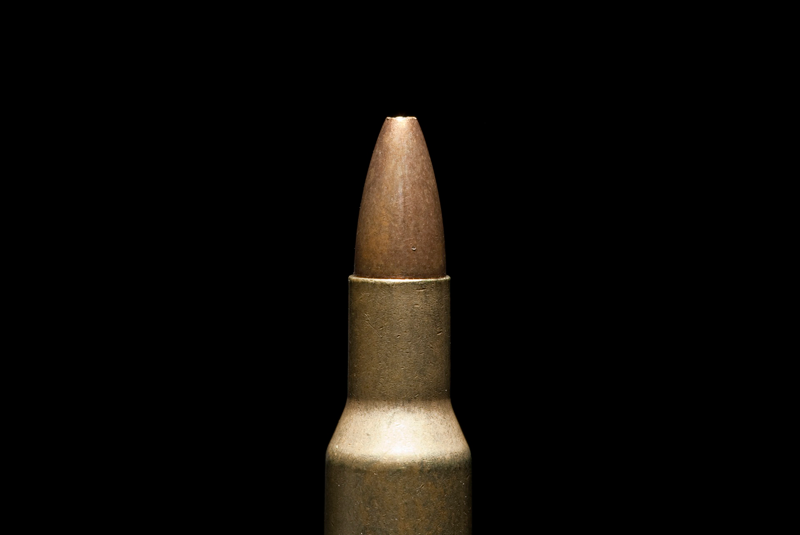
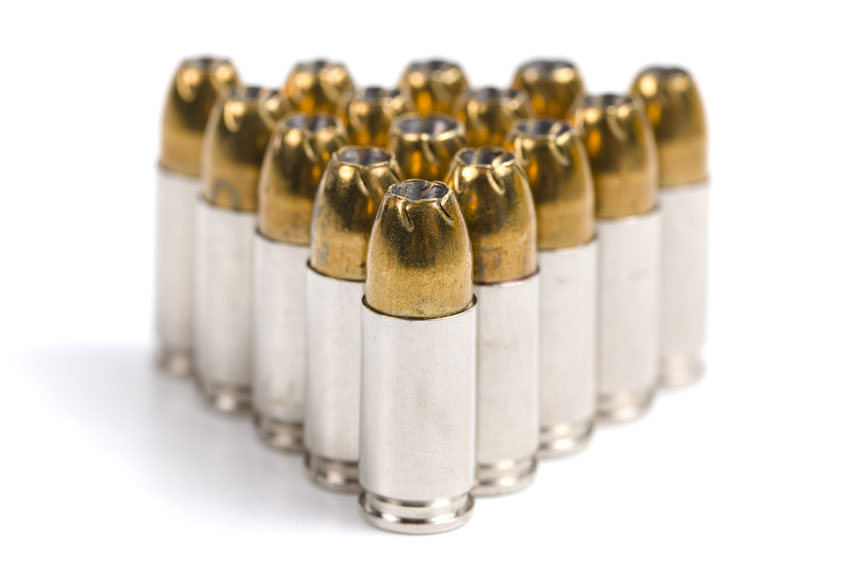
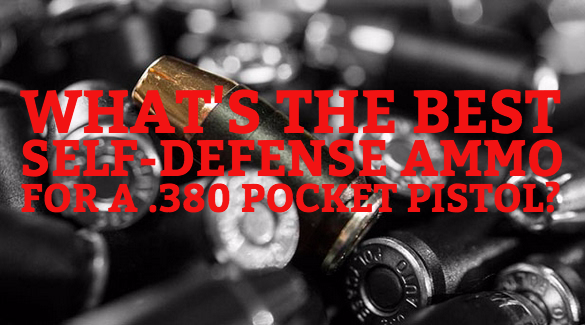
I have always trained with my left hand. As a motorcyclist, my right hand is for the throttle.
I agree wholeheartedly, however a stroke 17 years ago (right side of brain) has left me with very little feeling (nearly none) in my left hand so I cannot even feel the trigger.
Used to shoot either hand but safety concerns limit that now.
Excellent advise on your part though. What if, dominant hand becomes temporarily disabled? Your advise is best remedy.
Learn to shoot a crossbow with your toes.🤔
For my wife and I that meant outfitting ourselves with IWB and OWB for both dominant side and non-dominant side. Then there was our backup guns – in our case, we bought duplicates of our primary guns (Glock 26 and M&P 9c); so, if there was an equipment failure or a loss of availability, we do not have to change any equipment other than the gun itself. . .and, most often one of the holsters for other positions will serve for the back up gun.
Then there are the other guns – different calibers, different manufacturers, etc. (everybody has those . . . right?) . . . . How far do you want to take this? We stopped with only our primary carry guns – had to save some money for training and ammo, for crying out loud. If we shift to another gun as our primary carry for some reason, we’ll have to evaluate our needs at that time.
Then there’re the specialty holsters – the ankle holster, the shoulder holsters, the small-of-the-back holsters, and whatever else you may have.
Another consideration (that doesn’t cost anything, thank goodness) – when you practice with your non-dominant hand, which eye are you going to use? Shifting to the other hand I find it beneficial to use the non-dominant eye also (it seems more comfortable, and more accurate, to switch entirely rather than shooting criss-cross). You may, for some reason (like grit and/or dirt in your eye, shooting around cover), find it necessary to switch sides because of impaired vision even if your dominant hand is O.K.
All these things need to be practiced before they’re needed – besides it’s fun and breaks up the monotony of just punching holes in paper. Which brings up another very critical point –
All these things need to be practiced on a range that allows shooting from positions other than paper targets on a square range. I find if I can’t find an outdoor range that will allow this kind of variety, I have a hard time getting sufficiently motivated to put in a good day of practice. The only exceptions I can think of are taking a new shooter to the range for the first time (it is easier for them to concentrate on their safety and gun handling if they aren’t worrying about range rules and etiquette at the same time); or, if I’m checking out equipment function or comparing different ammo.
For me, it is the variety of things that can be done and practiced that keeps it interesting.
I have found that for some reason I can shoot handguns better with my nondominant hand, although I do well with both. Like Bob in FL, My biggest problem is finding some where to practice different types of shooting. Most land here in central South Carolina are private. The closest public range does not allow rapid fire, drawing from holster or more than one firearm in use.
That sucks when you don’t have a good range Charles, I feel your pain. The best thing to do is practice everything else (drawing, moving, etc) at home in dry fire – and do your best to practice accuracy at the range. That still sucks, I understand, because you need to practice shooting double shots and rapid fire to be able to feel how to control recoil and visually see your sights the whole time, but ya gotta make do with what you can!
If you shoot better with nondominant hand – you should check your eye dominance – you may be cross eye dominant, for example you are left eye dominant but right hand dominant.
Comments are closed.